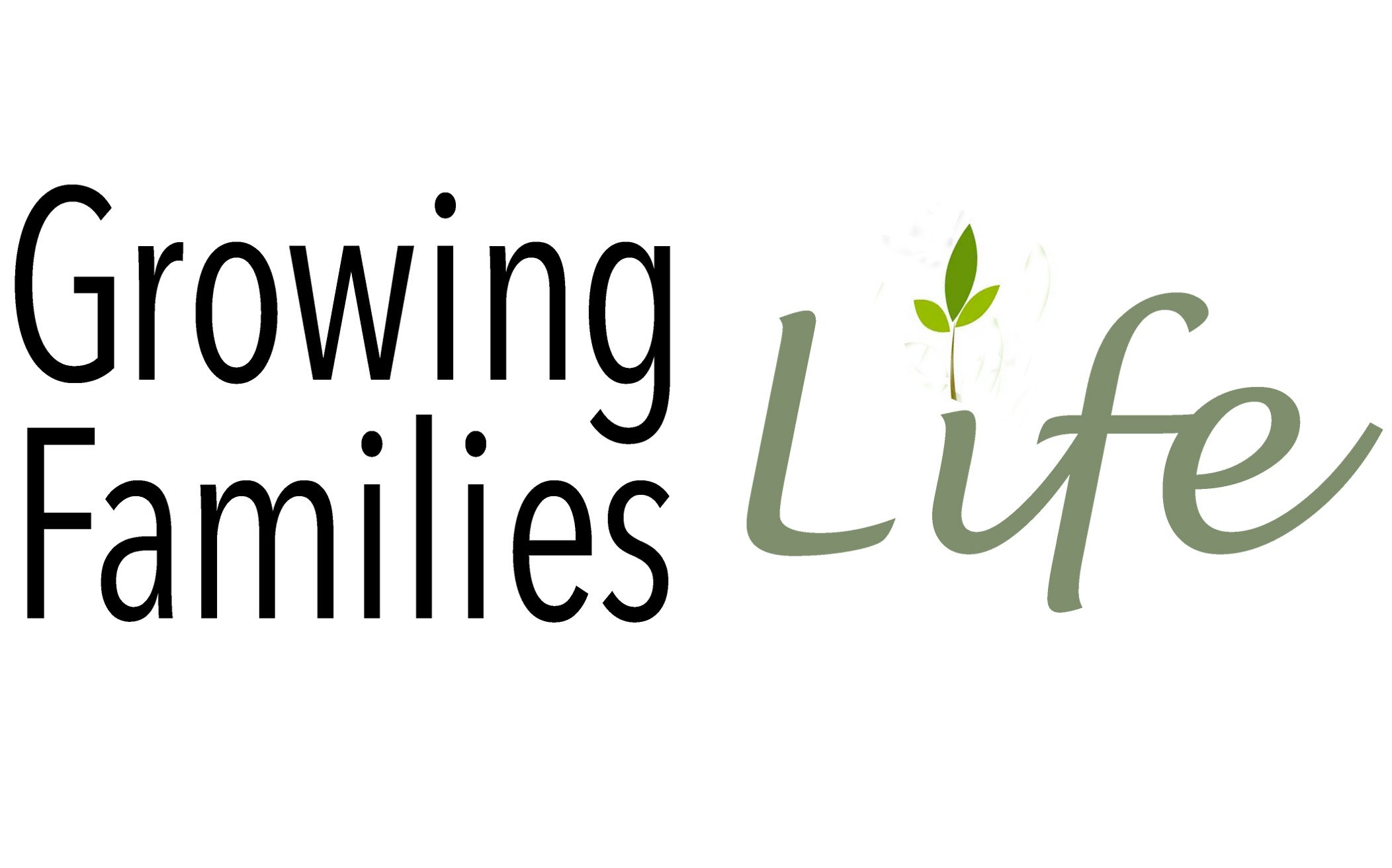Toddlerhood Transitions - Article
Tantrums
Tantrums and Meltdowns
Tantrums are usually physical and emotional; meltdowns are usually just emotional. While both are common during the toddler phase (although often unexplained), they still need attention. Here are some suggestions:
Take note of where, when and how your child throws his tantrums or has his meltdowns. Is it only in public, just before a meal or when he’s tired and in need of a nap? If a pattern exists, knowing it will help you prevent tantrums before they happen.
As difficult as it may be, try not to talk a child out of his tantrum. Without realizing it, you are encouraging the behavior by reinforcing it with attention. To work effectively, a tantrum needs a sympathetic audience. Talking provides that audience.
Use isolation by depositing the child in his crib, playpen or another spot out of the flow of traffic until he settles down, (which may take ten minutes or longer).
One technique that some have found helpful in such cases is to physically hold the child. Hold him until you feel the struggling arms and flailing legs surrender to your will. Don’t let go. When he surrenders, the tantrum is over, and you will see a more peaceful child.
Frustration Tantrums
This is not the same thing as a temper tantrum. A frustration tantrum will happen when a child cannot make her body accomplish the task her mind set out to do. . .
To read more purchase Toddlerhood Transition
